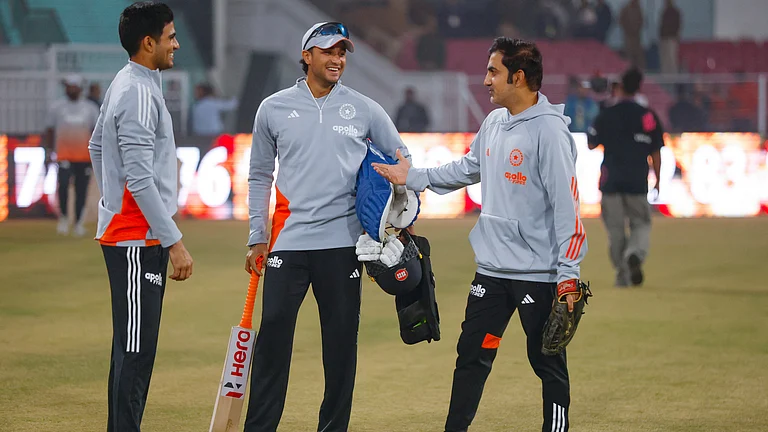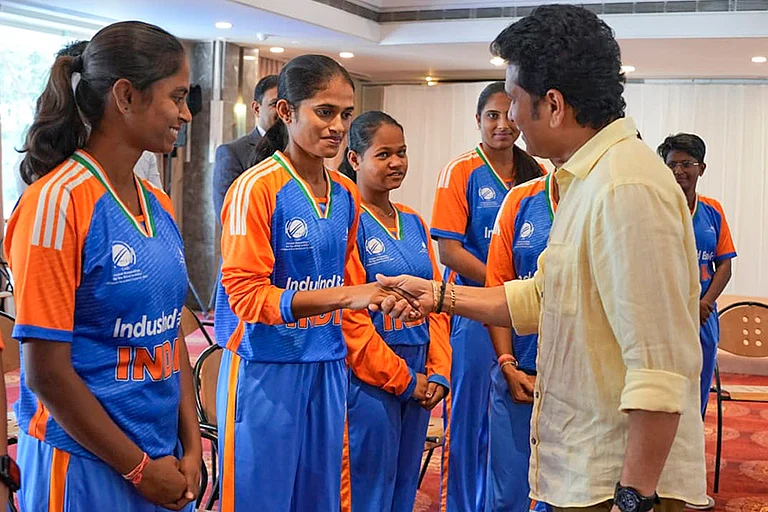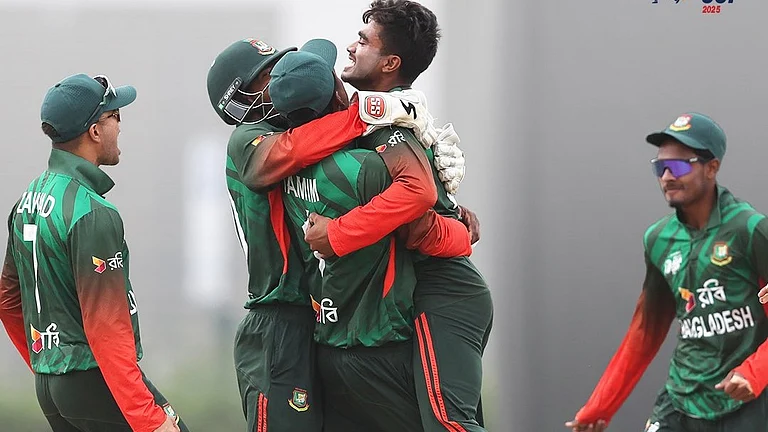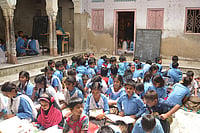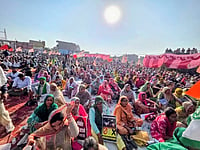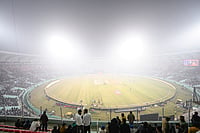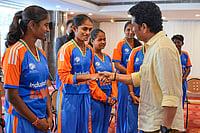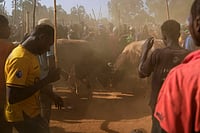In March 2000, the PW used a similar mine to kill panchayat raj minister Alimenati Madhavana Reddy on the outskirts of Hyderabad. The group made its first attempt on Naidu’s life in ’98. That time around, the claymore mines hidden inside a bullock cart in Karimnagar were detected minutes before Naidu was scheduled to arrive for a poll meet.
In his book, Naxalite Terrorism, K. Aravinda Rao, a senior police official, describes the PW as the deadliest of all Naxal groups. He reckons "its activity is equal to the activity of all the other groups put together". It is believed the group learnt to make improvised explosive devices (IEDs) from the LTTE in the ’80s.
The PWG was started by schoolteacher Kondapalli Seetharamaiah in the early ’70s: one of the groups that came out of the splintering fount of Naxalism, the CPI(ML), after the latter revised its controversial policy of individual ‘annihilation’. Its geography over time enabled it to dream up a vision of a ‘liberated’ Dandakaranya, the forest tracts of central-southern India that cover parts of AP, Orissa, the Bastar region of Chhattisgarh and Maharashtra. It has since been the bane of cops and politicians. The long, bloody battle has claimed thousands of lives. However, the police claim recruitments have fallen drastically in the past few years; there have also been many high-profile surrenders from the dalams. Hardcore members now number some 1,200—from over 3,000 a decade ago.
The mine used in the Naidu attack may have been crude but the PW also has sophisticated weaponry. Months ago, the cops busted one of its arms units on the Orissa-AP border. They found lathe machines, laptops and digital diaries, even papers suggesting the PW was building and successfully testing its own rocket launchers. "This isn’t just another jungle guerrilla outfit anymore," says a top cop involved in anti-Naxal operations.







